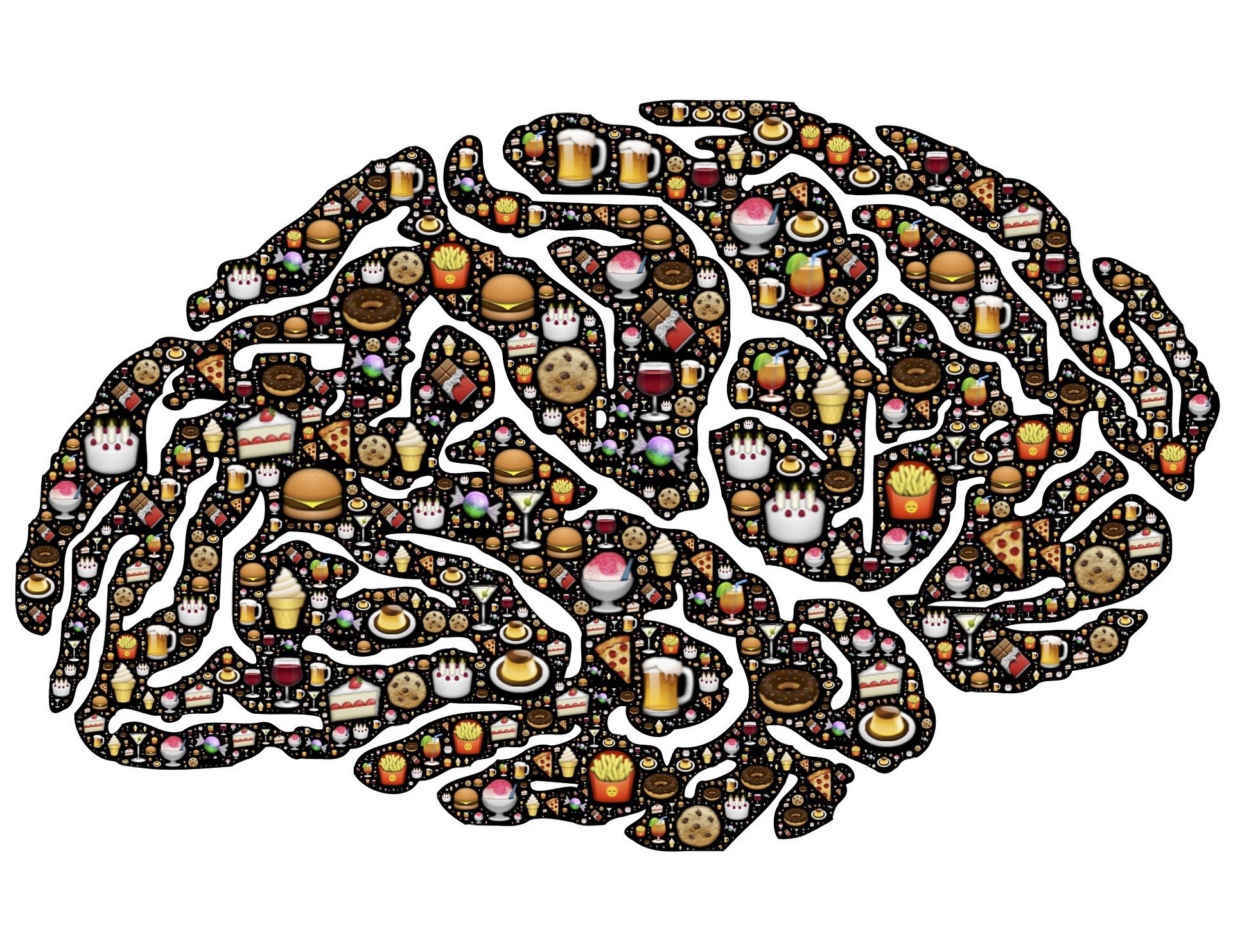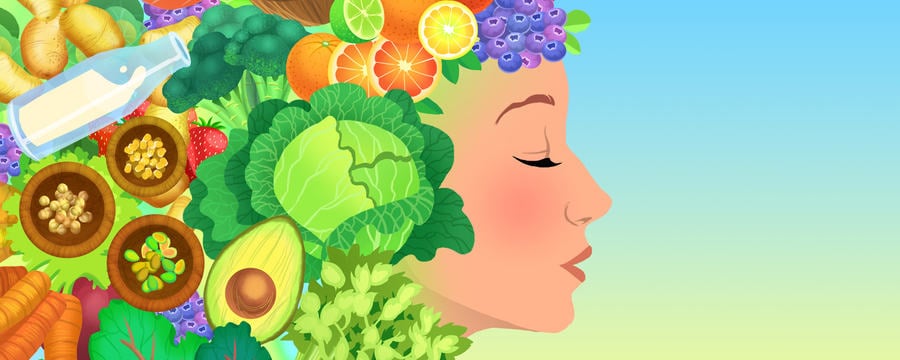Food Addiction: A Clinical Point of View

Share this step
In this article, we present you an interview with a psychologist and cognitive-behavioural psychotherapist, and we discuss with her how the concept of food addiction can be useful in a clinical setting and how it can be related to our daily life. The interview has been translated and the article edited for flow and clarity, it is followed by the description of two clinical cases.
- Q: Dr. Scalco, thank you for this interview. Can you briefly introduce yourself to our students?
- A:Thank you for inviting me. I am Camilla Scalco, and I am a psychotherapist. One focus of my clinical activity is the treatment of eating disorders and obesity, and today I would like to share my approach and some cases with your students.
- Q: The topic of our interview is food addiction. We introduced it during the last step, reviewing some studies in both humans and animal models. Does this concept play a role in your clinical approach?
- A: Food Addiction has been proposed as a possible cause of eating disorders characterized by uncontrolled eating, such as Binge Eating Disorders or Bulimia Nervosa. However, I believe that this concept is incomplete and inadequate as an explanation for these eating disorders. To explain why, I first need to introduce the factors that underlie “addiction-related” eating disorders.
- Q: Could you introduce these factors?
- A: Sure. All eating disorders, even if their symptoms differ, share a psychopathological core: an excessive preoccupation for bodily weight and shape and food nutrition (see [1]). This concern is defined as the tendency of the patients to judge his or her value in terms of weight and body shape.
- Q: So, in your opinion, the “core” is not biological?
- A:_No, I believe that psychological and mental disorders are the consequences of multiple factors: genetic and biological factors; life events, upbringing, family life, social relationship and so on.
- Q: Do you believe that food addiction shares any element with other addictions, then?
- A:Food addiction does indeed share some similarities with other addictions, such as cravings, denying the problem and unsuccessful attempts to quit…
- Q: But there are differences too..
- A:Yes. As I will describe in one of my clinical examples, in binge eating disorders and bulimia there is not a specific substance that is craved and consumed. The defining element is the amount of food consumed, not the specific food chosen.
- Q:Are there any other differences?
- A: Yes, there are. People suffering from eating disorders try to avoid binges even before seeking specialist help, but people suffering from other addictions don’t follow the same pattern and have to be expressly motivated to avoid the substance.
This also causes self-restricting behaviours, and an increased vulnerability of uncontrolled episodes, leading to restricting-relapsing cycles.
- Q: In there lies a similarity with restricted eating then…
- A:Yes, in a way it does. And, as I said before, there are risk factors that are not directly linked to nutrition. Uncontrolled eating episodes are often a way to cope with extreme emotions, not food addiction.
- Q: Thank you for your answers. Can you introduce the clinical cases you want to share with us?
- A: They are two women – a 32 years old patient suffering from bulimia nervosa, but not overweight, and a 66 years old patient with a long story of binge eating disorder obesity.
CASE 1
Mary is the first patient I will describe. In one of our encounters, she shared with me the description of one of her binges:
“I left my office with a terrible craving to devour some food. I was nervous and felt worthless. I already had two chocolate pralines and three sweetened coffees, so I went to the supermarket and quickly filled my basket, driven by the urge to pay and lock myself in my car. Once in my car, I ate a chocolate bar, then coconut biscuits, then chocolate biscuits. I felt nauseous, but I couldn’t stop, and I switched to salty foods. Peanuts first, then some focaccia, and crackers. At the end I was desperate, and I couldn’t even finish the focaccia. I had to move the car, and I felt sick. I doubled down with cramps and vomited. I didn’t eat anything else until the next lunch… I just ate a salad without dressing. But with some breadsticks…
Comment on case 1
Case 2
“I’m at my weakest during evenings, when I am alone. Maybe I eat correctly all day, I follow my diet and I feel sated, but in the evenings I’m surrounded by silence, by boredom, by darkness, and I need something sweet, something to pick me up. So I reach for the stepladder….” (note: the patient “hid” the dangerous foods on the highest shelf of the pantry to avoid having them at hand).
“When I do this I already know I’m ruining everything, but I can’t stop. I am angry. And I want a biscuit. I eat my first biscuit without even descending from the stepladder, then I eat another one. At this point I’m angry at myself, I know I’ve ruined everything. So I open a cake, one saved for my friends visit. I ate half of it, then I go to bed and cry in anger. I will never succeed…”
Comment on case 2
In this example, we note how the loss of control follows the ‘breaking’ of the rules, even with a single cookie. This “all or nothing” behaviour is typical of eating disorders. Eating a little bit of a “forbidden” food feels the same as having a binge.
- Q: In summary, what can these cases tell us?
- A:These two examples show the complexity of the psychopathology that underlies food binges in eating disorders, and how the concept of food addiction can’t explain it.
Food addiction is an interesting concept and should be investigated more thoroughly by neuroimaging and neurobiological studies, but is at the moment of limited validity and usefulness in diagnosing and treating eating disorders.
Share this
Food for Thought: The Relationship Between Food, Gut and Brain

Food for Thought: The Relationship Between Food, Gut and Brain


Reach your personal and professional goals
Unlock access to hundreds of expert online courses and degrees from top universities and educators to gain accredited qualifications and professional CV-building certificates.
Join over 18 million learners to launch, switch or build upon your career, all at your own pace, across a wide range of topic areas.
Register to receive updates
-
Create an account to receive our newsletter, course recommendations and promotions.
Register for free







